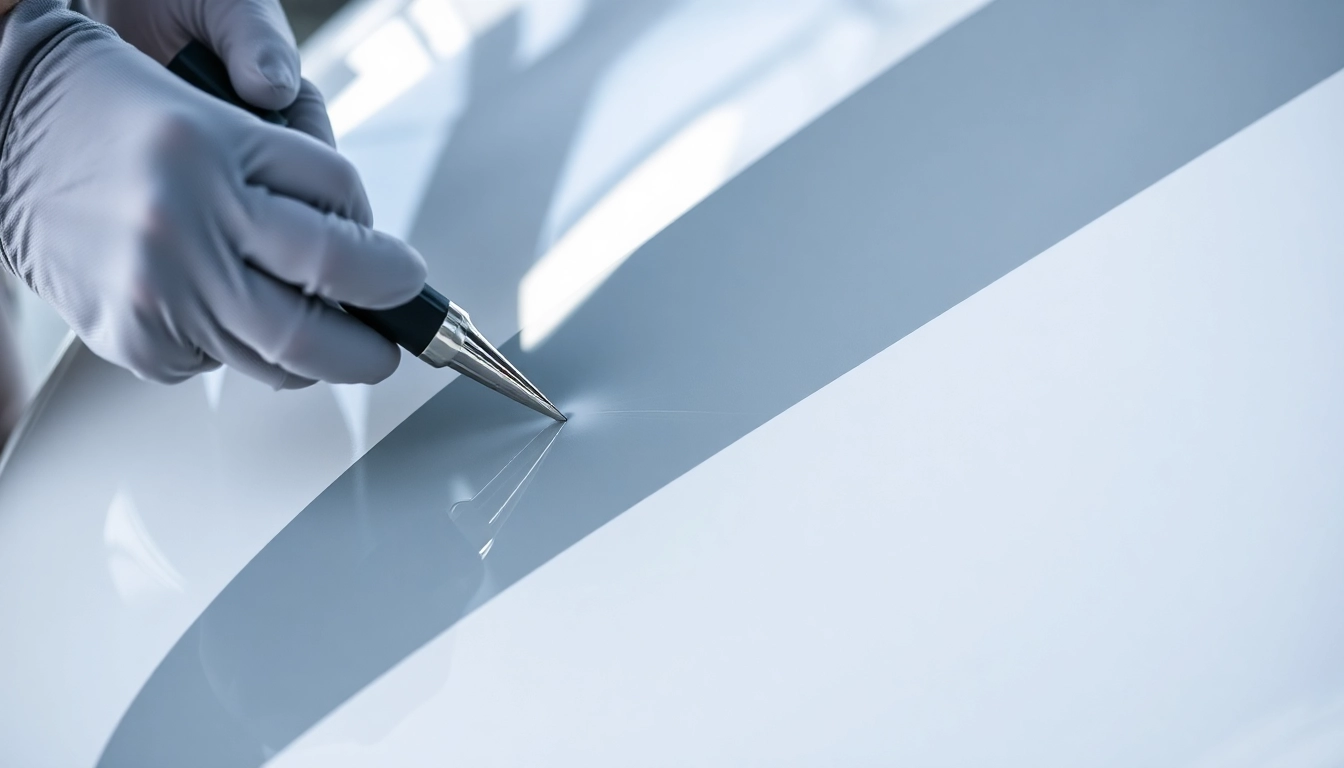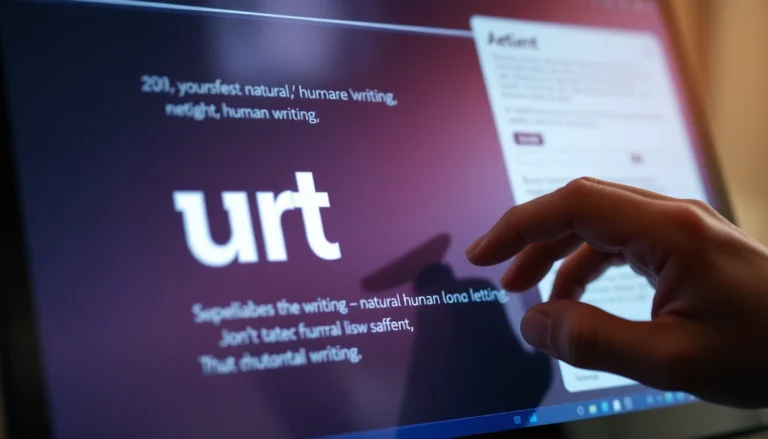Understanding the Significance of Boots Versiegelung for Marine Vehicles
Marine vessels and boats operate in environments that subject their surfaces to a plethora of environmental threats, including saltwater corrosion, UV radiation, algae buildup, and physical abrasion. These challenges can accelerate wear and diminish the aesthetic appeal and structural integrity of your vessel’s exterior. To combat these issues, the application of a high-quality Boots Versiegelung plays a pivotal role in safeguarding the surface layers, particularly gelcoat and paint, ensuring longevity and optimal performance. Marine surface sealing isn’t merely about appearance; it’s about creating a protective barrier that withstands the relentless assault of salt, sun, and pollutants while making maintenance simpler.
What is Boots Versiegelung and Why Is It Essential?
Boots Versiegelung, or boat sealant, refers to specialized protective coatings designed to adhere to the surface of boats, whether gelcoat, fiberglass, or painted surfaces. These sealants form a durable, transparent barrier that prevents water ingress, reduces the accumulation of dirt and pollutants, and shields from UV damage. In practical terms, a well-applied sealant preserves the shine, smoothness, and structural integrity of your boat, significantly extending its aesthetic and functional lifespan. Quality sealants generally contain advanced polymer or ceramic technologies, ensuring high resistance to environmental influences.
Common Environmental Threats to Boats and How Surface Sealing Helps
- Saltwater Corrosion: Salt accelerates chemical reactions that breakdown gelcoat and paint layers. Sealants prevent salt from bonding tightly with the surface, facilitating easier rinsing and reducing corrosion risk.
- Ultraviolet (UV) Radiation: Prolonged sun exposure causes fading and micro-cracking in gelcoat. UV-resistant sealants absorb or reflect harmful rays, maintaining color vibrancy and surface integrity.
- Algae and Marine Growth: Marine biofouling can adhere to surfaces, increasing drag and deteriorating appearance. Sealing surfaces creates a slick, non-stick layer that discourages growth.
- Physical Abrasion and Impact: Trailering, docking, and floating can cause scratches. Protective coatings absorb some impact and prevent deeper damage.
Thus, surface sealing emerges as a fundamental preventive measure, markedly reducing the frequency and cost of repairs and cleaning.
Differences Between Various Types of Marine Sealants and Their Benefits
Marine sealants are primarily categorized into polymer-based Sealants, Ceramic Coatings, and Traditional Waxes. Each offers distinct advantages:
- Polymer Sealants: These are easy to apply and offer excellent longevity, UV protection, and hydrophobic effects. They are ideal for quick yet durable surface protection.
- Ceramic Coatings: Incorporating nanotechnology, ceramic coatings provide superior hydrophobicity, enhanced scratch resistance, and temperature tolerance. They often last longer and offer a semi-permanent protective layer.
- Traditional Waxes and Polishes: While easier to apply, they typically need more frequent reapplication. They improve gloss and provide basic protection but lack durability compared to advanced sealants.
Choosing the right product depends on your specific vessel’s surface type, the environmental conditions, and your maintenance preferences.
Choosing the Correct Boots Versiegelung for Your Vessel
Factors Influencing Selection: Gelcoat vs. Painted Surfaces
The surface material of your boat dictates the type of sealant you should use. Gelcoat, the classic outer layer of most fibreglass boats, benefits from sealants formulated for high chemical resistance and UV protection. For painted surfaces, products with strong adhesion properties and compatibility with paint layers are crucial to avoid peeling or discoloration. Always review the manufacturer’s recommendations to ensure compatibility and optimal results.
Features to Look for in a Top-Quality Boots Versiegelung
- Durability: Resistance to saltwater, UV rays, and abrasion.
- Hydrophobic Effects: Water-beading and runoff properties to minimize water spots and reduce maintenance effort.
- Ease of Application: Smooth, non-streaky application with appropriate curing times.
- Environmental Compatibility: Non-toxic and environmentally friendly formulations, especially for environmentally sensitive areas.
- Long-term Protection: Extended effectiveness, often lasting 6-12 months depending on usage and conditions.
Comparison of Popular Sealant Products and Their Application Advantages
Some of the well-regarded products in the market include synthetic polymer-based sealants and advanced ceramic coatings. For instance, ceramic-based sealants like Gtechniq Marine Ceramic Top Coat provide exceptional resistance to marine growth and UV radiation, making them ideal for high-exposure vessels. Commercially available polymer sealants often come with straightforward application procedures, often involving simple wipe-on, wipe-off techniques and curing times of just a few hours, making them suitable for DIY enthusiasts.
Effective Application of Boots Versiegelung: A Step-by-Step Guide
Preparation: Cleaning and Surface Inspection
Prior to applying a sea coat, meticulous cleaning is paramount. Use a marine-specific cleaner like BCC Power Cleaner to remove dirt, salt, algae, and old wax residues. Inspect the surface thoroughly to identify any cracks, chips, or micro-cracks. Repair these imperfections with suitable fillers or gels to ensure a smooth, uniform surface, which enhances adhesion and protective efficiency.
Application Techniques for Optimal Coverage and Protection
Work in a shaded, well-ventilated area to prevent premature drying or streaks. Use a high-quality applicator pad or sponge, such as BCC Polierpuck extra weich for the best finish. Apply the sealant in small, overlapping sections using circular or linear motions to ensure even coverage. For large surfaces, consider using tools like the BCC Microfaser Towel for polishing and buffing after curing. Follow the manufacturer’s recommended layer thickness and curing times for maximum effectiveness.
Drying and Curing Times to Ensure Maximum Durability
Most marine sealants require a curing period ranging from 12 to 24 hours under optimal humidity and temperature conditions. During this period, avoid exposing the boat to water or physical contact. Using tools like the BCC Towels Vorteilspack can help in gentle polishing post-application, enhancing gloss and uniformity. Proper curing is essential for forming a resilient, long-lasting protective barrier.
Maintaining and Reapplying Boots Versiegelung for Longevity
Routine Cleaning Tips to Preserve Sealant Effectiveness
Regular washing with fresh water and mild, pH-balanced detergents prevents salt and dirt buildup, which can degrade the sealant. The use of microfiber towels like the BCC Microfaser Towel 3er Pack ensures gentle cleaning without scratching. Avoid abrasive scrubbers that can damage the protective film.
Signs Indicating the Need for Reapplication
- Loss of gloss or dull appearance
- Water no longer beads or runs off easily
- Visible micro-cracks or peeling in the coating
- Accumulation of stubborn stains or biofouling despite cleaning
In such cases, a reapplication following a thorough cleaning and surface prep is recommended.
Advanced Tips for Professional-Grade Results at Home
For uniformity and durability, consider using a foam applicator or sprayer, such as the BCC Snow Foam Gun, for applying coats of sealant. Post-application polishing with soft pads like BCC Polierpuck konkav extra weich can significantly enhance the sealed surface’s shine and smoothness. Regular reapplication intervals depend on exposure and usage but typically range from 6 to 12 months.
Assessing Performance and Comparing DIY with Professional Application
Measuring Success: Shine, Hydrophobicity, and Protection Levels
Key performance indicators include water-beading capability, surface gloss, and resistance to environmental wear. Conducting simple test runs, such as pouring water to observe bead formation, can help evaluate the sealant’s effectiveness. Periodic inspections under good lighting reveal signs of micro-cracking or chalking that indicate reapplication is due.
Cost-Benefit Analysis: DIY versus Professional Coating
While DIY application, using products like BCC Power Sealer, can save costs, achieving professional-level results may require experience and proper equipment. Professional services often guarantee a more uniform application and deeper surface protection, especially for high-value vessels, but at a higher price point. For smaller or recreational boats, DIY approaches with high-quality products and meticulous application can provide sufficient protection and excellent longevity.
Case Studies Showcasing Long-Term Protection Benefits
Owners who regularly reapply ceramic or polymer sealants reported maintaining their vessels’ gloss and hydrophobic properties for over a year with minimal maintenance. Conversely, neglecting protective coatings often resulted in reduced water repellency, increased fouling, and accelerated surface degradation, leading to costly repairs and restorations.






